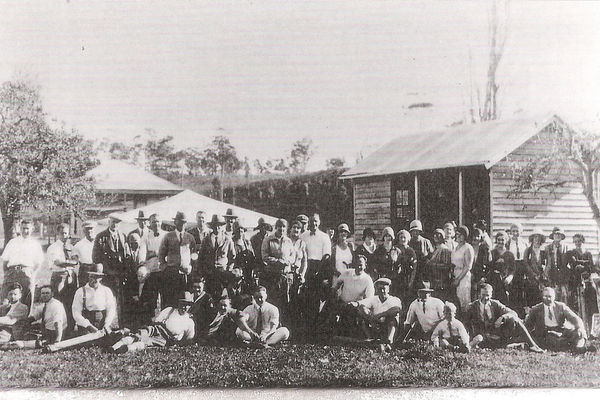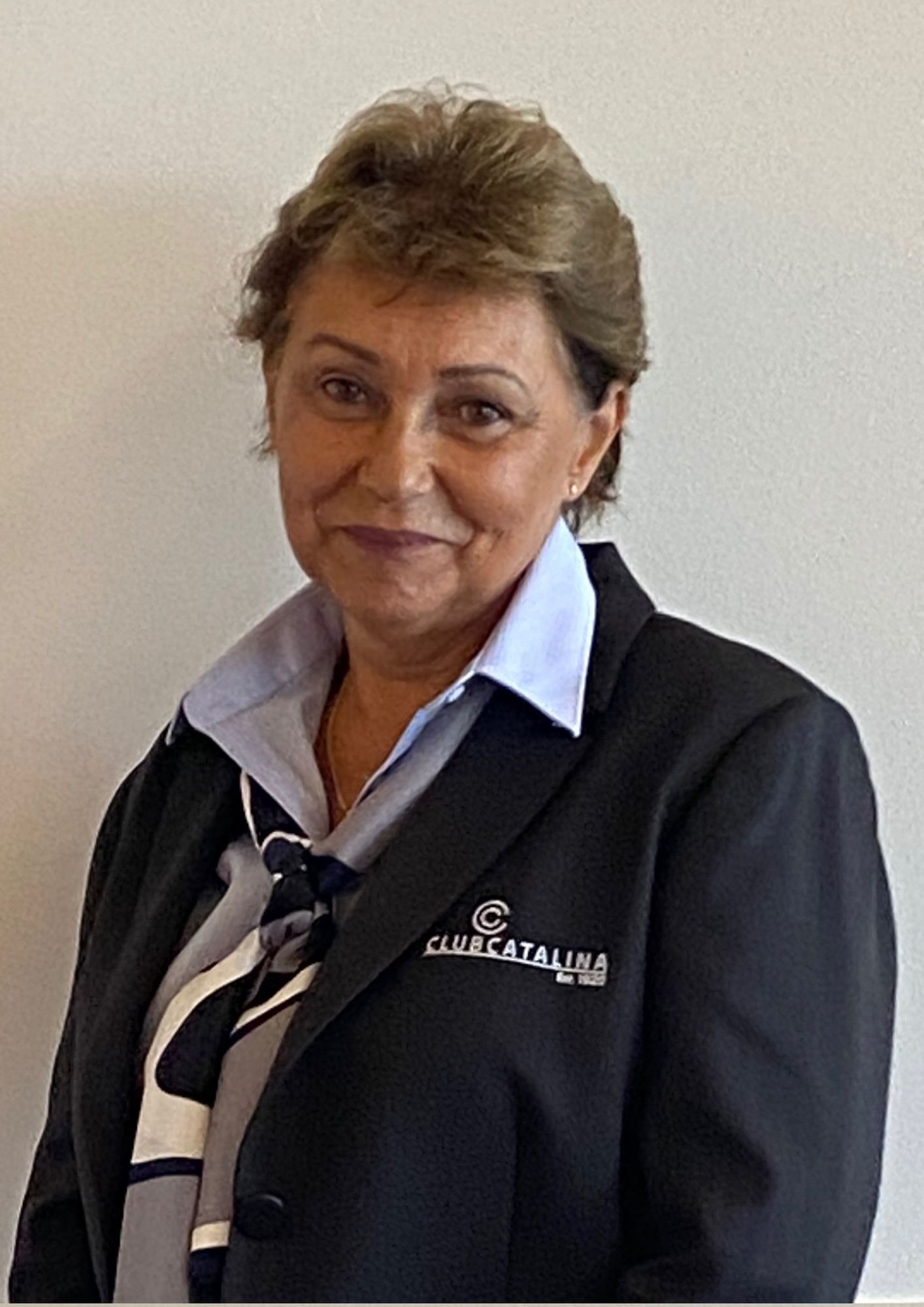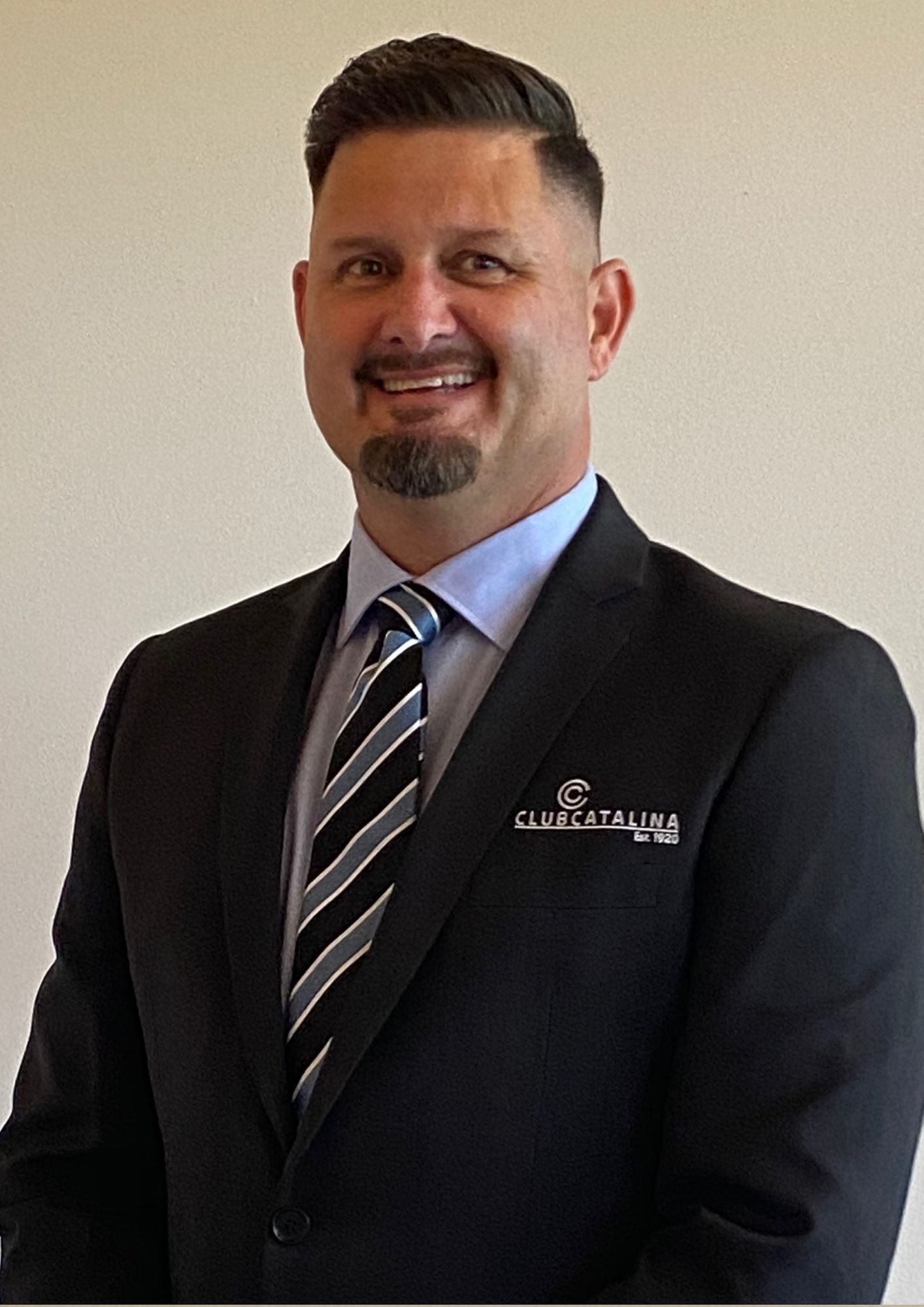About the club
Then & Now
Looking at the wonderful 27 holes on offer to members and visitors today,
it is hard to believe that back in 1920 the golf course on which
Club Catalina now sits started as a 5-hole oiled sand green course, framed by a racing track
History
Celebrating 100 years
The horse racing track on the Far South Coast was owned by Percy Bill, while the golf course adjacent to it was affectionately known as “Bill’s Paddock.” Interestingly, Percy utilized cows to maintain the grass length, effectively employing them as the first lawn mowers. In the early days, golf competitions consisted of three rounds of the 5-hole course, totaling 15 holes.
Originally named Batemans Bay Golf Club, the establishment had six founding members. Over time, the course evolved and expanded. Initially featuring five sand greens, the club gradually increased the number to nine by 1957. In 1961, an exciting development occurred as the first 9-hole grass green course was laid out and made available for play. Just six years later, members were delighted to experience an 18-hole layout for the first time.
To further enhance the golfing experience and accommodate the growing number of enthusiasts visiting the area, a third nine was introduced in 1990. This addition allowed members to enjoy more leisurely play and provided ample space for golf-loving visitors. Throughout the decades, the course’s design and implementation were influenced by notable figures such as Chas Grey, winner of the Inaugural NSW Open in 1931, as well as Al Howard, Wayne Grady, and Harley Kruse. Their architectural contributions have shaped the premium setting of one of the oldest golf courses on the Far South Coast.
The Batemans Bay Golf Club gained recognition as a high-quality course as early as 1931, securing a place on the map. Its annual Open Day, now known as the Batemans Bay Open, was hailed by the Sydney Morning Herald as “one of the best along the Far South Coast.” By the 1970s, the club’s annual week-long “Festivals of Golf” began attracting emerging golfing stars. A particularly significant event was the 1976 South Coast Pro-Am, where Greg Norman, the future two-time Open Champion and world No. 1, finished third behind fellow Australian golfing legends Rodger Davis and Terry Gale. This achievement marked Norman’s first professional paycheck in a four-round event.
In recognition of the historical connections to the nearby Bay, the golf course underwent a name change and became known as Catalina, paying homage to the “Catalina” seaplanes that once landed in the vicinity.



















